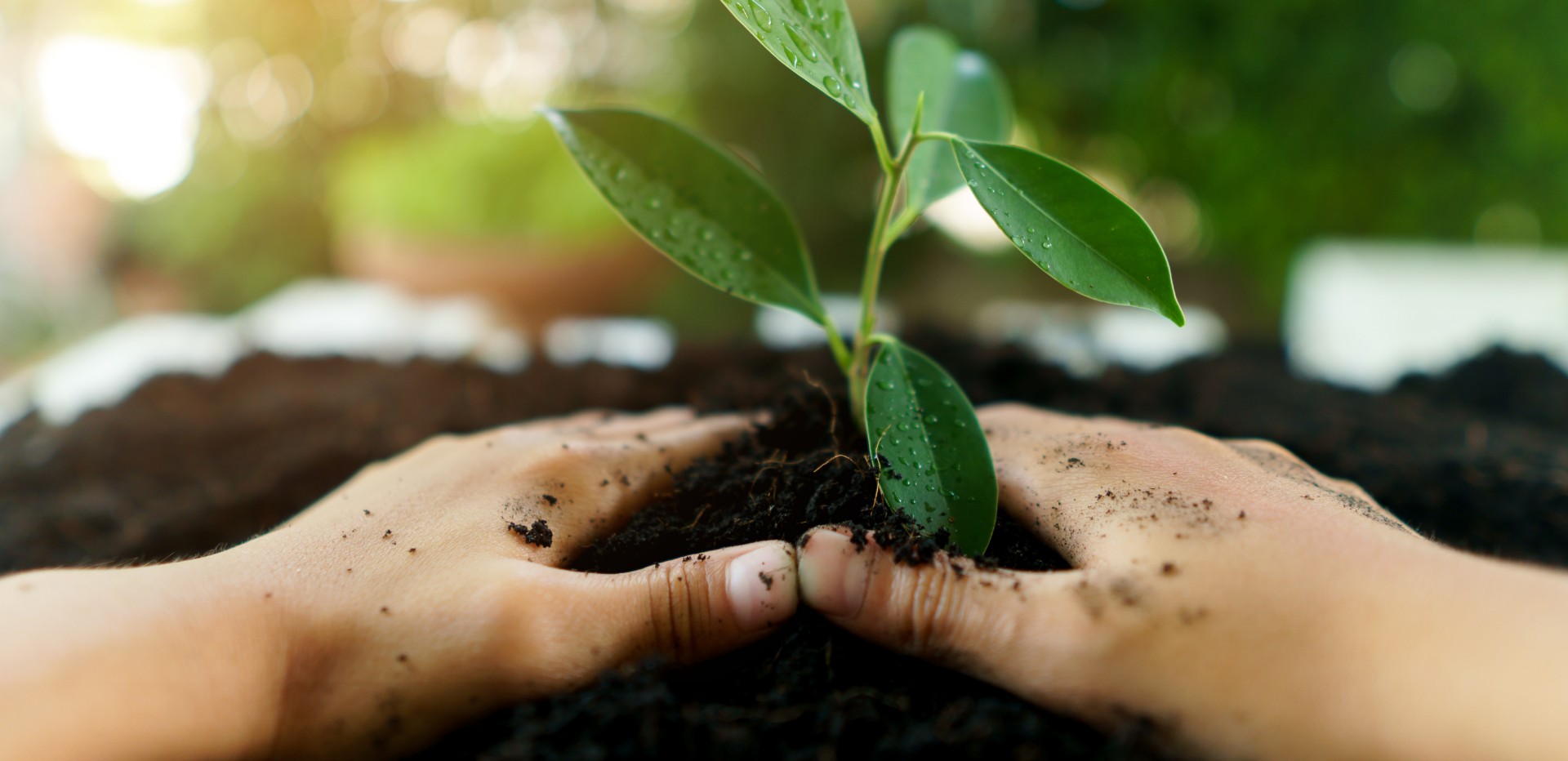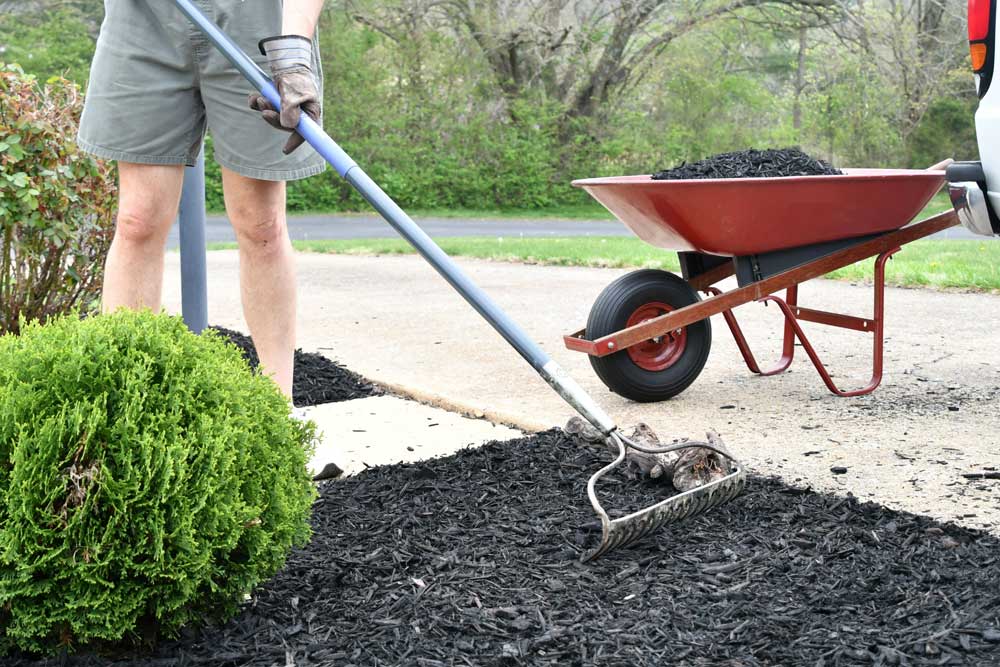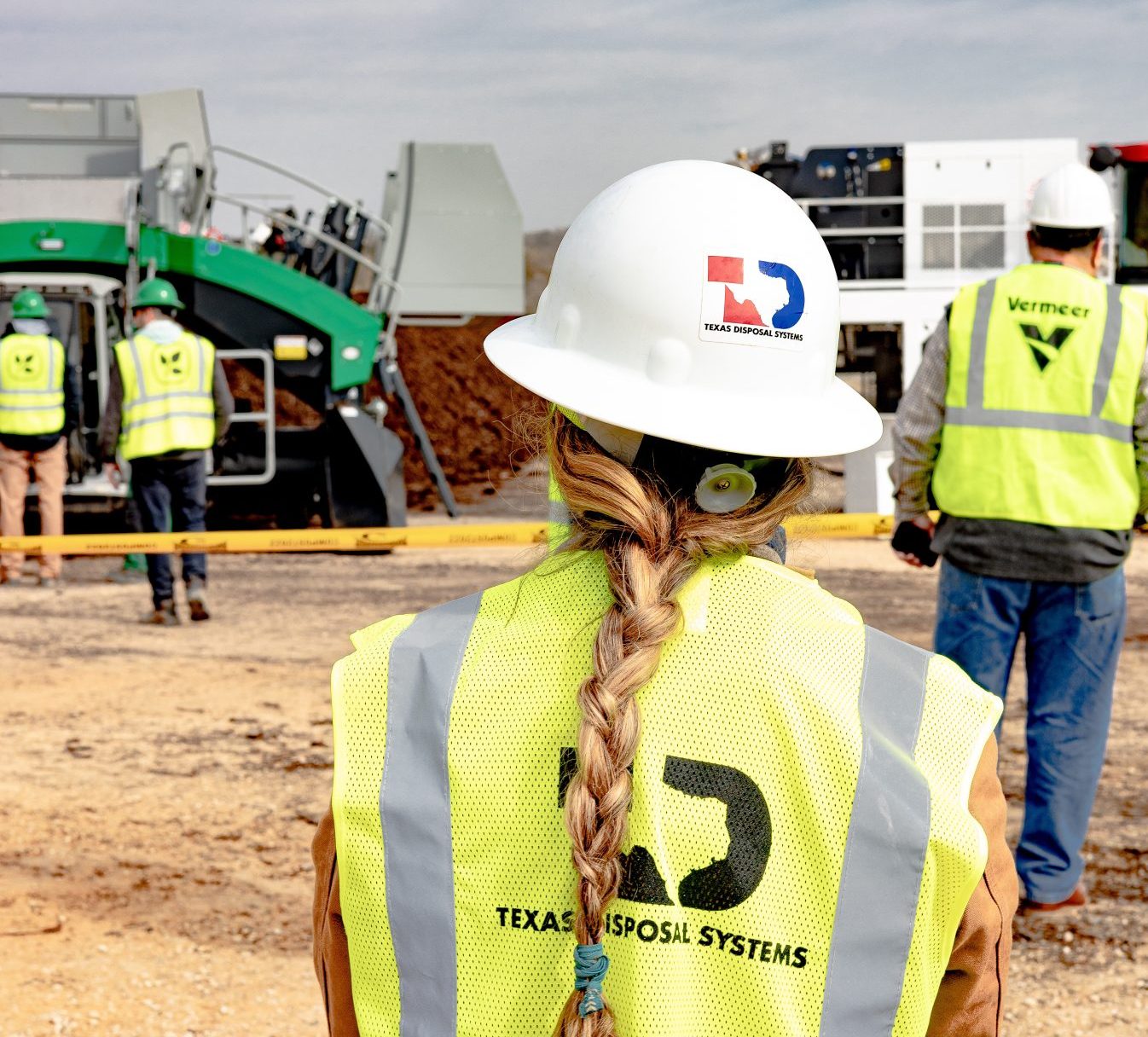At some point, leaves, branches and trees need to be cleared and removed from your landscape. While small amounts of brush can be disposed of in green waste containers, that’s not always possible with large amounts of brush.
If you’re clearing and removing a substantial amount of brush or have a pile in your yard already, it’s best to determine a game plan for clearing and removal.
Survey your landscape
When you’re planning on clearing land for building or doing some landscaping, you’ll want to know exactly what you’re dealing with. This requires taking a good look around your landscape and determining what needs to be done.
For instance, will you be removing trees? If so, are they large or small trees? Do they have a lot of foliage and branches? How tall are the trees? The height, diameter and fullness will affect how much tree debris you will end up with when the tree is removed.
Perhaps instead you’re removing shrubs, grasses and undergrowth. Or do you have a lot of vines that need to be cut out and removed? The amount of material and the size of the trimmings will dictate how best to remove brush. For example, if there is a great deal of debris, rather than waiting for trash collection day, you may want to rent a roll-off dumpster for brush removal. This can be a fast and effective way to complete brush clearing and removal on your property.
Make a plan for brush removal
Before you begin brush clearing, it’s a good idea to come up with a plan of action for brush removal. Otherwise, you may end up with a lot of excess in your yard which can create a fire hazard. Very large brush piles can also be a haven for critters like rodents, snakes, ticks and fleas.
Here are three possibilities for brush removal:
- Rent a dumpster. You may wish to clean up your landscape after brush removal by hauling the debris to a rented dumpster. This is especially effective if you have large pieces to throw away, such as tree limbs and trunks, although you can also use a dumpster for shrubbery clippings, grasses and vines.
- Try on-site brush grinding. If your site is large enough to accomodate a grinder, this can be a good option to reduce the footprint of the material and also make a product that can be used beneficially in the landscape. Once brush is ground up it creates mulch that has various uses all over the landscape – lay it in walkways to keep the mud away, cover existing garden beds to suppress weeds and retain moisture, add around trees to protect roots. Mulch is an overall attractive addition to the landscape and can be left on your property for your use.
- If you prefer not to keep the mulch made from your brush on-site, it can be hauled away and used to make compost and soil blends. This ensures that organic matter, like brush, is sustainably recycled and kept out of the landfill.
Equipment needed for brush clearing
Before clearing brush in your landscape, be sure to use the proper equipment and always keep your safety top of mind. Make sure your equipment is serviced and working properly. The following items will be helpful in protecting you from harm while clearing brush and enable you to quickly and effectively clear the land.
- Work gloves
- Sturdy boots
- Thick pants
- Long-sleeved shirt
- Protective goggles
- Ear protection
- Insect repellant
- Machete
- Pruners
- Loppers
- Weed Wacker
- Chainsaw
- Shovel
- Lawnmower
- Chipper/Shredder (If you want to make your own mulch onsite from dried leaves and twigs)
Brush removal tips
When clearing brush in a landscape, it’s a good idea to start with the larger items and work your way down to the smaller vegetation. This means cutting down or trimming large trees first, then moving on to smaller trees and eventually shrubs and perennials.
If you prefer to completely remove a tree, it is important that you also remove their stumps. If the root system is small enough, then you may be able to use a shovel to dig out small tree stumps that have shallow root systems. For larger trees with extensive roots, use a stump grinder.
The last plants to remove are shrubs, vines, weeds, grasses and other woody plans. These items are generally much easier to remove, but doing so can still be physically challenging and time-consuming. Tools such as a lawnmower, pruners, loppers and weed whackers are good choices for removing these types of plants. It’s also a good idea to make sure your blades are sharpened as this allows for clean cuts and easier work.
Put your brush removal plans into action
Clearing unwanted brush may be a lot of work, but maintaining a clean and clear landscape is an important aspect of land management and will be well worth the effort. Contact Texas Disposal Systems for help with your next brush clearing project.



